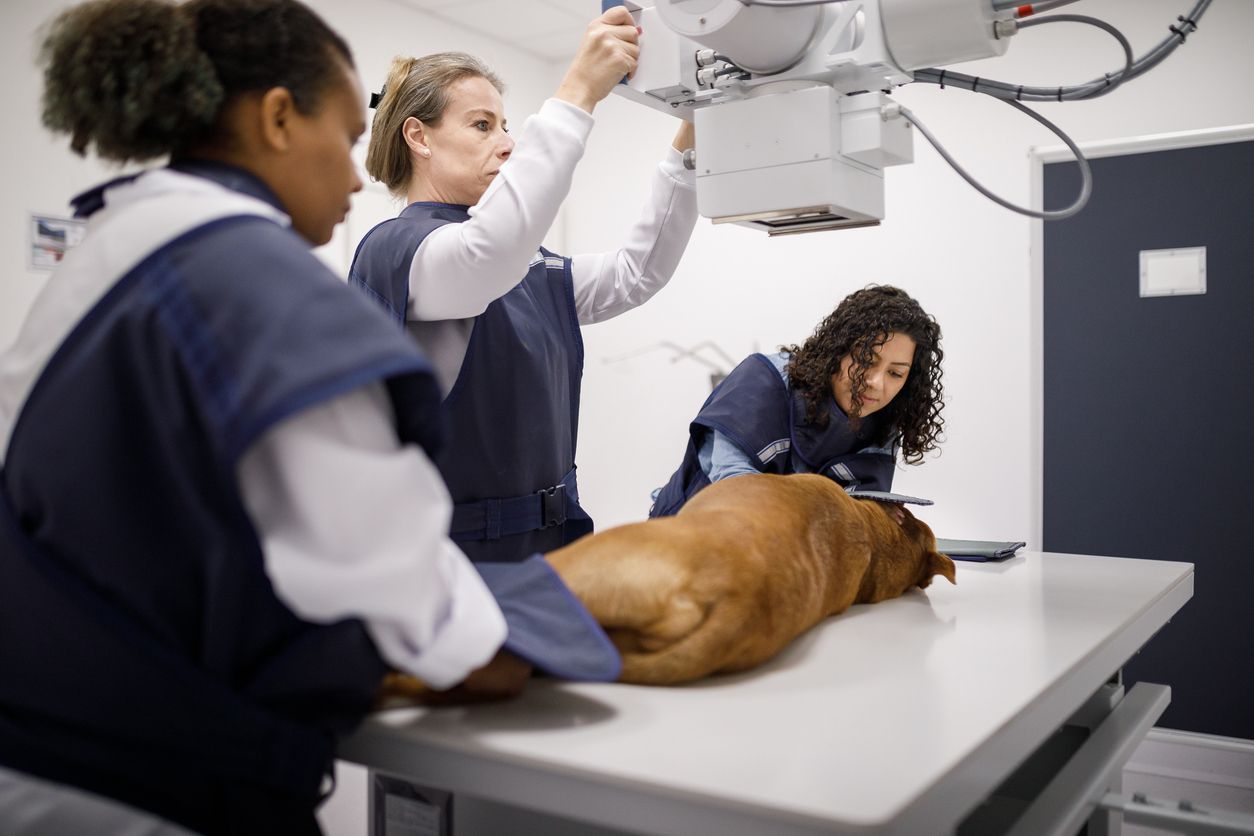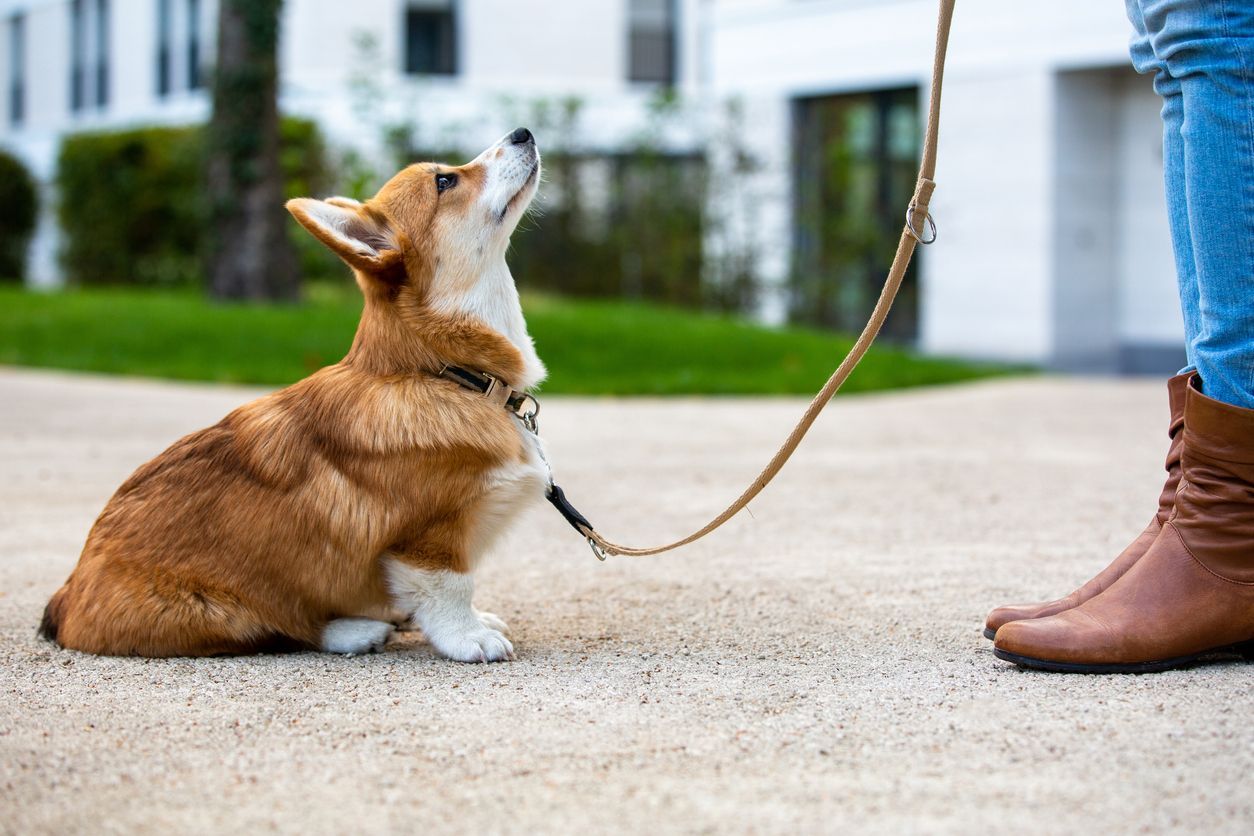How much do pet X-rays cost?

An X-ray is an important imaging tool used to diagnose common injuries and diseases not only in humans but also in pets. A variety of factors affect the cost of x-raying your pet, including how many images are needed to properly diagnose their condition. The number of X-rays required depends on what part of the body the vet is imaging and how many views are needed. Occasionally, a sedative or even anaesthetic is required. The size of the patient also affects the cost, as most clinics charge more for larger patients. Read on if you have ever asked:
- When are X-rays necessary?
- What affects the cost of an X-ray?
- Do other diagnostic imaging tools cost the same as an X-ray?
- What can I do to lower the cost of an X-ray?
X-rays are a very useful diagnostic tool that can help determine a wide range of medical conditions, and the cost of an X-ray depends on many variables.
When are X-rays needed?
Your pet may need an x-ray for a wide range of reasons. X-rays are useful for diagnosing skeletal issues, such as a bone break or dislocation, as well as for diagnosing a number of other conditions, including certain heart diseases, lung conditions, internal tumours, and organ enlargement.
Intraoral X-rays are becoming more widely available and help to diagnose dental disease in both dogs and cats. They’re especially good for diagnosing retained or resorbed tooth roots in cats.
Vets commonly perform X-rays in the case of a suspected bone break, a possible ACL sprain or tear, or a respiratory disease such as tracheal collapse or chronic bronchitis.
What can’t an X-ray diagnose?
X-rays are not always the right imaging tool to use. They’re great for looking at bones, but not as efficient at examining soft tissue. There are certain conditions that don’t require the use of X-rays for diagnosis, including intervertebral disc disease (IVDD), pancreatitis, and muscle strains. Still, even in these cases, an X-ray can rule out other underlying issues. For instance, if your dog has back pain, your vet may not be able to diagnose IVDD with much accuracy, but they can assess for any arthritis in the spine or preexisting spondylosis.
What affects the cost of a pet X-ray?
There’s no set fee for canine or feline x-rays, and the cost varies depending on many factors.
The size of the animal
X-raying a larger pet costs more for several reasons. Larger pets require two or three staff members to carry and restrain them. Vets also need to use larger X-ray plates, which are a bigger investment for the clinic and cost more to replace when damaged or broken.
The cost of using one or two small x-ray plates ranges from USD $80-USD $130, while the fee for using the largest plate ranges from USD $120-USD $150.
The number of X-ray plates and views
Charging per X-ray is standard veterinary practice, and vets usually order a minimum of two X-rays. This is because X-rays are two-dimensional images, so a single view sometimes does not provide the scope of the issue. An X-ray taken from two opposing views ensures nothing is missed.
As an example, when taking oral X-rays, the vet may need to take a few different views inside your pet’s mouth to assess all of the tooth roots and teeth in both the upper and lower jaw.
Most clinics provide two views as standard but may then charge USD $90-USD $100 for each additional view that is taken.
Sedation
Some patients need to be sedated for the vet to take clear X-ray images. When a patient is sedated, a vet tech or vet remains with them right up until the x-ray is taken and only leaves the room for a moment as the image is captured. A pet that isn’t sedated requires one or two people to remain in the room while the X-ray is taken in order to hold the pet in position.
Sedation price varies depending on which sedatives are needed and on the quantity used. Smaller pets need less sedation, which lowers the price. Standard sedation for a cat costs about USD $100-USD $150, but the cost can increase to USD $250 for a larger dog.
Less commonly, a full anesthetic is needed. In instances such as assessing a dog for hip dysplasia, a pet may be too uncomfortable to stay still during an X-ray without anesthetic. A full general anesthetic can cost from USD $200-USD $400.
Location and the type of clinic
Prices vary depending on the country and the local area. The difference in cost can be as much as several hundred dollars, which is why shopping around is worth your time.
The cost of an X-ray is also dependent on the type of vet clinic you visit. Charity clinics charge less, as they are supported by donations. Referral centers or emergency clinics are the most costly, given the specialist care and services provided outside regular clinic hours.
Additional services
Before you fill out an X-ray consent form for your pet, your vet may discuss the benefits of additional services, such as a pre-procedure blood test (USD $55-USD $200) to rule out any underlying medical issues or an intravenous fluid drip (about USD $60-USD $80) to help maintain blood pressure during sedation.
These services are optional extras and are more appropriate for some patients than others. A young and healthy dog may not benefit much from either a blood test or fluids, especially if they’re having a quick, routine x-ray.
Specialised X-rays
You can request specific X-rays, such as elbow scoring or hip scoring X-rays, from your vet. These are typically required for pedigree dog breeding, especially if the dog is a breed prone to joint dysplasia, like German shepherds or Labrador retrievers.
As these x-rays must be taken very precisely and take substantial time to perform and assess, there is generally a surcharge for them.
If you’re wondering whether your pet might benefit from some of the extra services offered during their X-ray, you can book an online appointment with a Vetster veterinarian and discuss your pet’s needs.
Do CT scans, MRIs and ultrasounds cost the same as X-rays?
X-rays are generally the cheapest imaging tool, though some straightforward ultrasounds cost a similar amount. A CT scan is slightly more expensive than an X-ray and ultrasound, with prices starting from USD $1,000. An MRI scan provides much more detail than other imaging tools, which is why the typical cost is about USD $2,500-USD $6,000.
How can I lower the cost of an X-ray?
Pet Insurance
Pet insurance usually covers the cost of X-rays, especially if it’s necessitated by an accident. While in most cases you have to cover excess fees and perhaps a co-pay, the insurer typically covers the majority of the vet bill.
However, preexisting conditions are not covered by most insurance policies. For example, if you brought your dog to the vet for a mild limp and took insurance out afterwards, any future X-rays of the affected area may not be covered.
Trauma and injury prevention
Of course, most hospital trips and X-rays are unavoidable after an injury, but you can help to reduce the risk of trauma and injuries by:
- Keeping your dog leashed when outdoors
- Keeping your cat indoors
- Neutering outdoor cats
- Ensuring young kittens don’t play in high places within the home
- Keeping breeds prone to IVDD slim and making sure they avoid high jumps.
Only perform X-rays when appropriate
Sometimes an X-ray is not immediately necessary. For example, a young pet who develops a slight limp after a run in the park usually doesn’t need an immediate X-ray. Most cases of minor injury improve with a few days of rest and anti-inflammatories.
In some instances, a vet may advise a different imaging tool in place of an X-ray if they feel an X-ray won’t provide a diagnosis. Following your vet’s advice can help you avoid paying for an X-ray and then further imaging studies, like a CT or MRI scan, when the X-ray hasn’t been diagnostic.
When is sedation necessary?
It’s difficult to take an X-ray if your pet is moving, as any movement can blur the image. If an animal is distressed or in a great deal of pain, the chances of obtaining a clear image without sedation are slim. Most pets tolerate sedation quite well and the procedure has minimal side effects. Sedation is also an option for aggressive animals and feral cats.
If you have questions or concerns about the safety of sedation, especially if your pet is elderly or unwell, you can get an expert opinion on sedation for your pet by booking an online appointment with a Vetster veterinarian. From the comfort of your home, you can discuss whether sedation is beneficial for your pet and whether an X-ray is the next necessary step in their diagnosis.






